Walking America: Albany (again) and Watervliet (kinda)
Bureaucratic soullessness and the destruction of community
My first walk in Albany was an awkward loop designed to avoid the massive Empire State Plaza sitting at the center of town. I avoided it because it is the opposite of everything I want to see when walking.
Built to wring out every last drop of the spontaneity or irrationality that makes humans human, it has all the warmth of a mausoleum, and all the fun of a colonoscopy.
Avoiding it wasn’t fair though, because the Plaza dominates Albany, both spatially and as the manifestation of a technocratic philosophy found in every modern political center: The idea that government, empowered by the best and brightest, wielding “Science!,” can mold humans, cities, and societies into their better selves.
The Plaza’s first brick was ceremoniously set on June 21, 1965 by the oh so humble-origined Governor Nelson A. Rockefeller, but it was conceived far earlier, as documented in the wonderful Albany Times Union article, “Reassessing the legacy of the Empire State Plaza”
Rockefeller and supporters of the Plaza hailed it as a shining example of urban renewal that reclaimed a deteriorated inner-city district ….. home to an enclave of Italian immigrants as well as communities of Jews, Germans, Irish, Armenians, French Canadians and others. Rockefeller said the neighborhood’s shabbiness embarrassed him when he gave Princess Beatrix of the Netherlands a tour of the area during her state visit to Albany in 1959 for the Hudson-Champlain Celebration ….. Rockefeller said the run-down blocks disgusted him and were not worthy of New York’s capital city. He re-envisioned the area as a gleaming, ultra-modern government complex that would provide much-needed office space for a growing state workforce that eventually numbered more than 11,000 state employees at the Plaza.
There is so much packed in here ( “Rockefeller said the neighborhood’s shabbiness embarrassed him when he gave Princess Beatrix of the Netherlands”), but I want to focus on this
“Rockefeller said the run-down blocks disgusted him and were not worthy of New York’s capital city. He re-envisioned the area as a gleaming, ultra-modern government complex”
In my last piece on Albany I wrote about those “run-down blocks” that still surround the fifty year-old “gleaming ultra-modern government complexes.” The blocks filled with abandoned homes, discarded shopping carts, and street garbage. The type of shabbiness that embarrassed Rockefeller.
While the blocks are poor they also have what the Plaza doesn’t have. A genuine humanness. Next to the abandoned homes are well-kept homes, and the discarded shopping carts lay in front of churches, bodegas, and barber shops. There are basketball hoops on garage doors, and art via graffiti, votive candle memorials, and pimped out bikes.
Most of all, the blocks are chock full of humans going about the sordid business of being human. There are people laughing, crying, dealing, playing, shouting, all in public. Cause that is what happens in communities.
In the Empire State Plaza there is none of that. Not visible at least. There are heavy walls. Massive towers. Tons of signs telling you what you cannot do. I am sure, inside the buildings, there are people being people. This is after all a workplace, not a residential neighborhood. So this is a slightly unfair comparison. Sure.
But the Plaza didn’t end the poverty in Albany. Instead, in the name of progress, it literally pushed the shabbiness away, replacing it with a massive edifice to bureaucratic hubris. A reminder of the power a government has to hide the citizens it has failed and finds embarrassing.
The Plaza also made life in the shabby communities it didn’t bulldoze even worse. It made them even more isolated and cut off, now walled in by tall buildings, concrete plazas, and elevated expressways.
Yet the worst thing the Plaza did was WALL IN the government. Physically, culturally, and most importantly philosophically.
Now the bureaucrats don’t have to see the urban blight around them, except when peering down from up high. Don’t have to see the plebes they are trying to reform into a better class of plebes. Or interact with them. No need to touch the untouchables. Out of sight, out of mind.
A government removed from the people they make the rules for. That is perhaps the worst thing you want from a class with the power to bulldoze communities.
About six miles north of Albany is Watervliet, Troy, and Cohoes. Smaller towns that unlike Albany don’t have an Empire State Plaza in the middle of them. They offer a little peek at what was destroyed to build the Plaza. They are not exactly working class “communities of Italians, Jews, Germans, Irish, Armenians, French Canadians and others,” but they are pretty close. The others camp has grown, while the rest have assimilated into generic unhyphenated Americans.
Still, what you see in these towns is solidly middle class to lower middle class communities, which, while struggling, have a real sense of place and warmth. A real sense of, well, community.
They are messy, badly zoned places, littered with bars, shops, and ice cream stands, juxtaposed next to homes in various states of upkeep and repair. They are no doubt an urban planner’s nightmare. They are just like life is, and that makes them wonderful.
Wait you say. Empire State Plaza isn’t a soulless all-business place. It isn’t just about work though! Its construction might have wiped away “four churches and 29 taverns” but it replaced them with a performing arts center, called the Egg! How crazy, fun, and artsy is that. See. Soul!
Indeed. You can almost feel the cold planning here. The blueprint-spreadsheet-planning-committee bureaucratic humanism. Oh. Twenty nine taverns gone. Pssssshaw. We got an underground concourse lined with shops that are not dangerous and icky like taverns. We got it all, but ok, I will concede your point. Maybe we do need to make this a little more human. I know. Lets add in some art. I got it. A performing arts center. Shaped like an egg! Weeeeeeeeee. Aren’t we the geniuses.
The egg, is ugly (sorry), and like all modern performing arts centers, it is a pretty elitist thing. Which at its core is what technocracy is about. Because the idea that you can engineer happiness, contentment, or fun, is about as high brow and detached from humanity as you can get.
That isn’t how people, outside perhaps the small group of us overly rational uptight Front Row types, operate. Most people don’t try to build their lives around grand long-term schemes of fine tuning a matrix of variables. They don’t think in terms of Max efficiency, Min pain. What they want is both far simpler but impossible to model in a spreadsheet. They want to belong, hopefully as a valued member of something larger than themselves. That often means those shabby organic communities, because they understand life is complicated.
The cold ugly sterility aside, that is the worst thing about the Plaza. It represents the ever growing isolation of our ever more invasive and sprawling technocratic government.
An army of bureaucrats siloed in a cold world of spreadsheets and utility functions, where they can forget about the messiness of life, and ignore the pain their brutally efficient policies rain down on the shabby communities filling the country.
Where they can continue the process of destroying anything the public holds as transcendent, because how in the hell do you measure faith, place, or happiness?
At the end of one of my longer Albany walks, on a cold Sunday, I ended in the Empire State Plaza, which was entirely empty, except for five young men skateboarding down one of the massive edifices. While I sat and watched, happy for this little moment of spontaneous joy in a dreary landscape, they spent the entire time looking over their shoulders, waiting to be chased off by police. Because, as they said, “They don’t want us to have any fun here I guess.”
Nope. Why would you want to do that?
My walk from Albany to Troy, via Watervliet




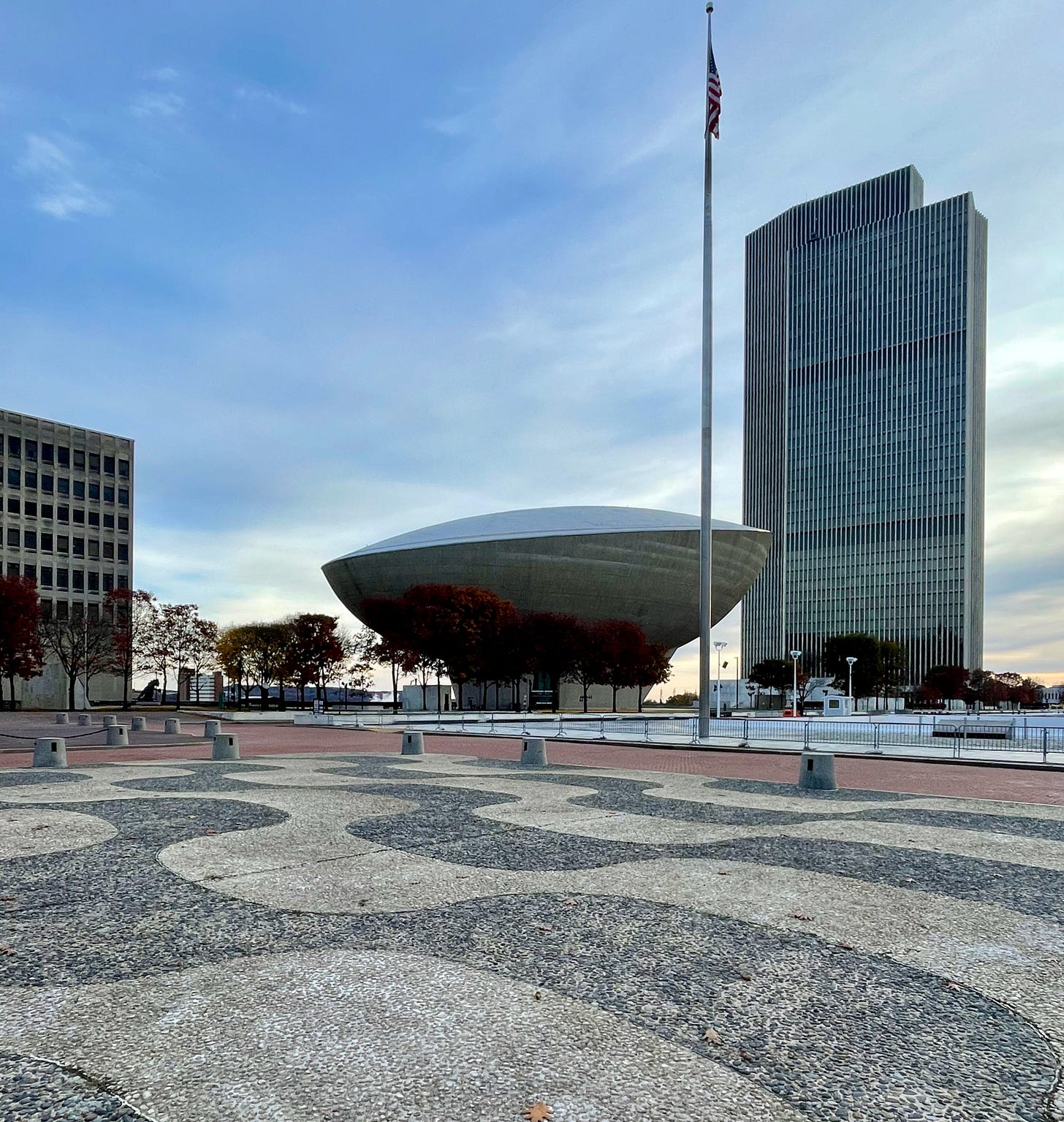
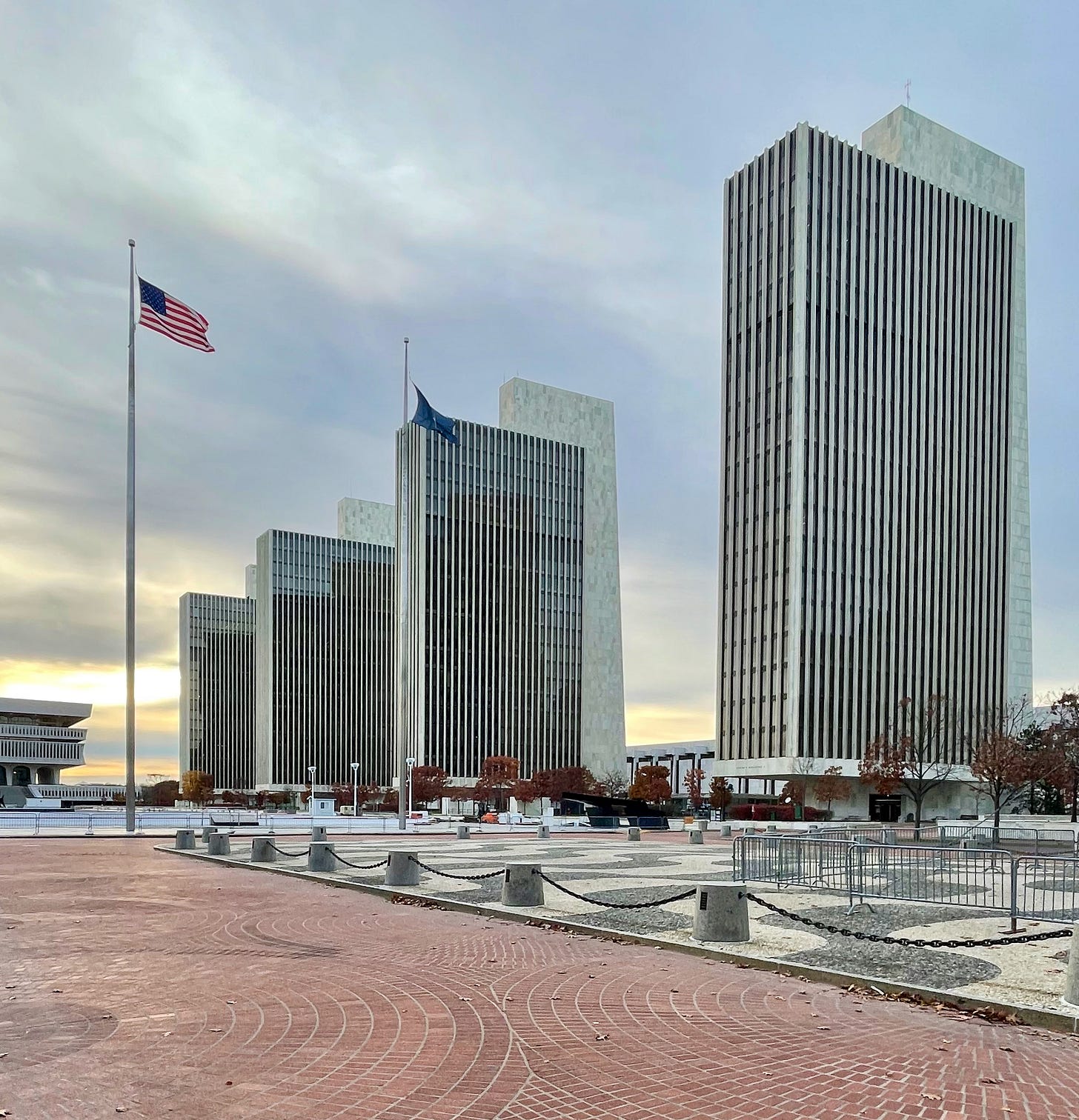




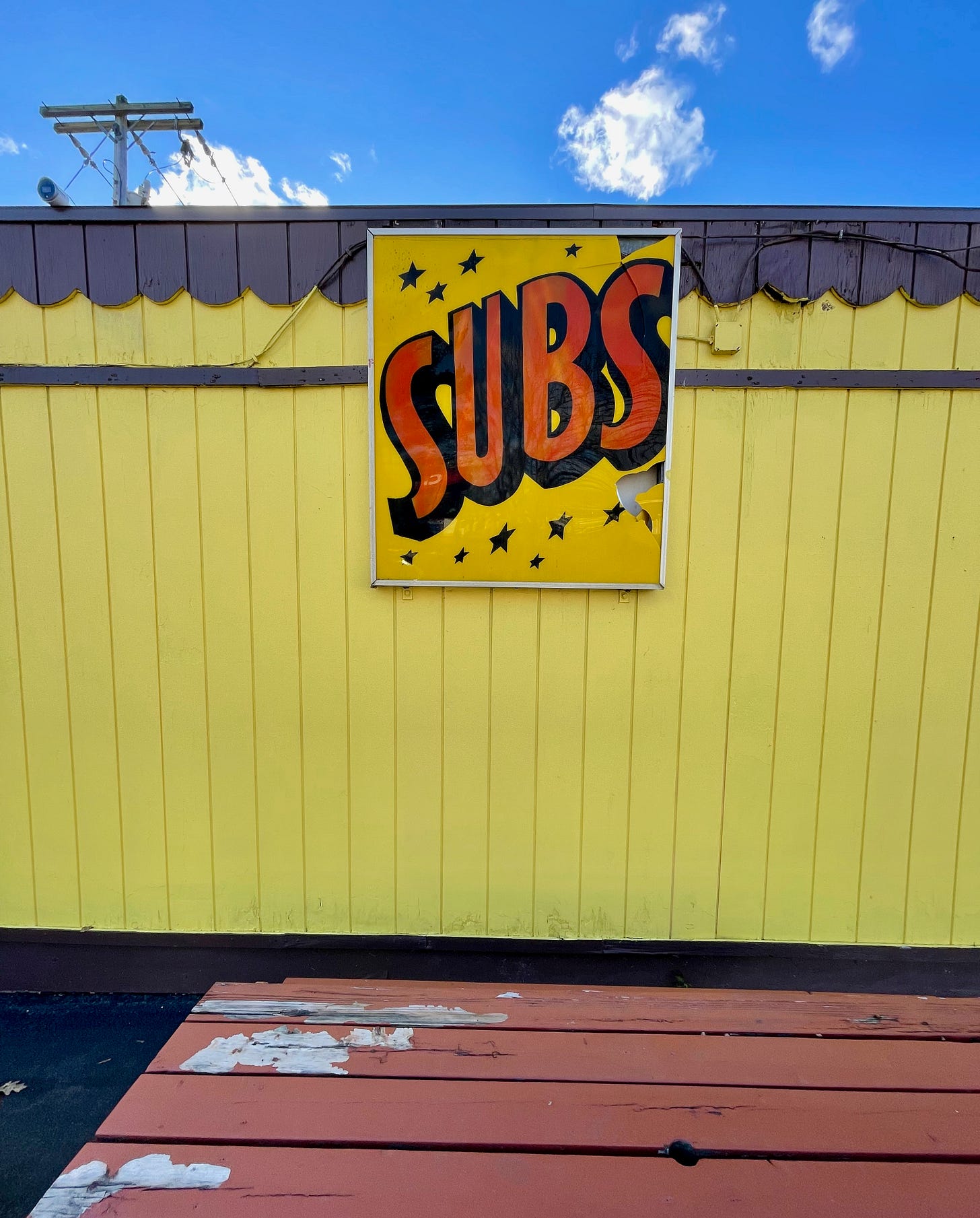

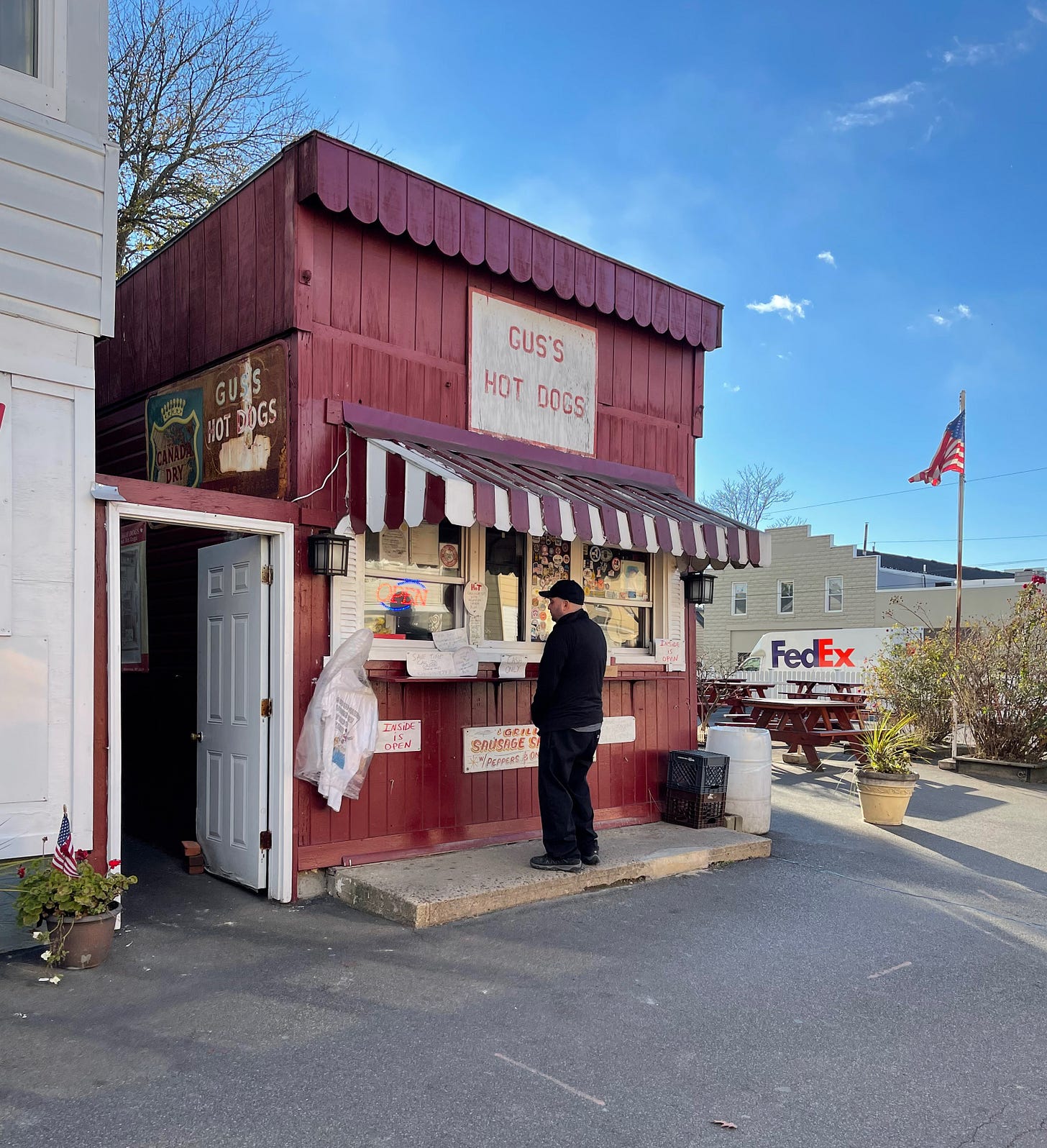
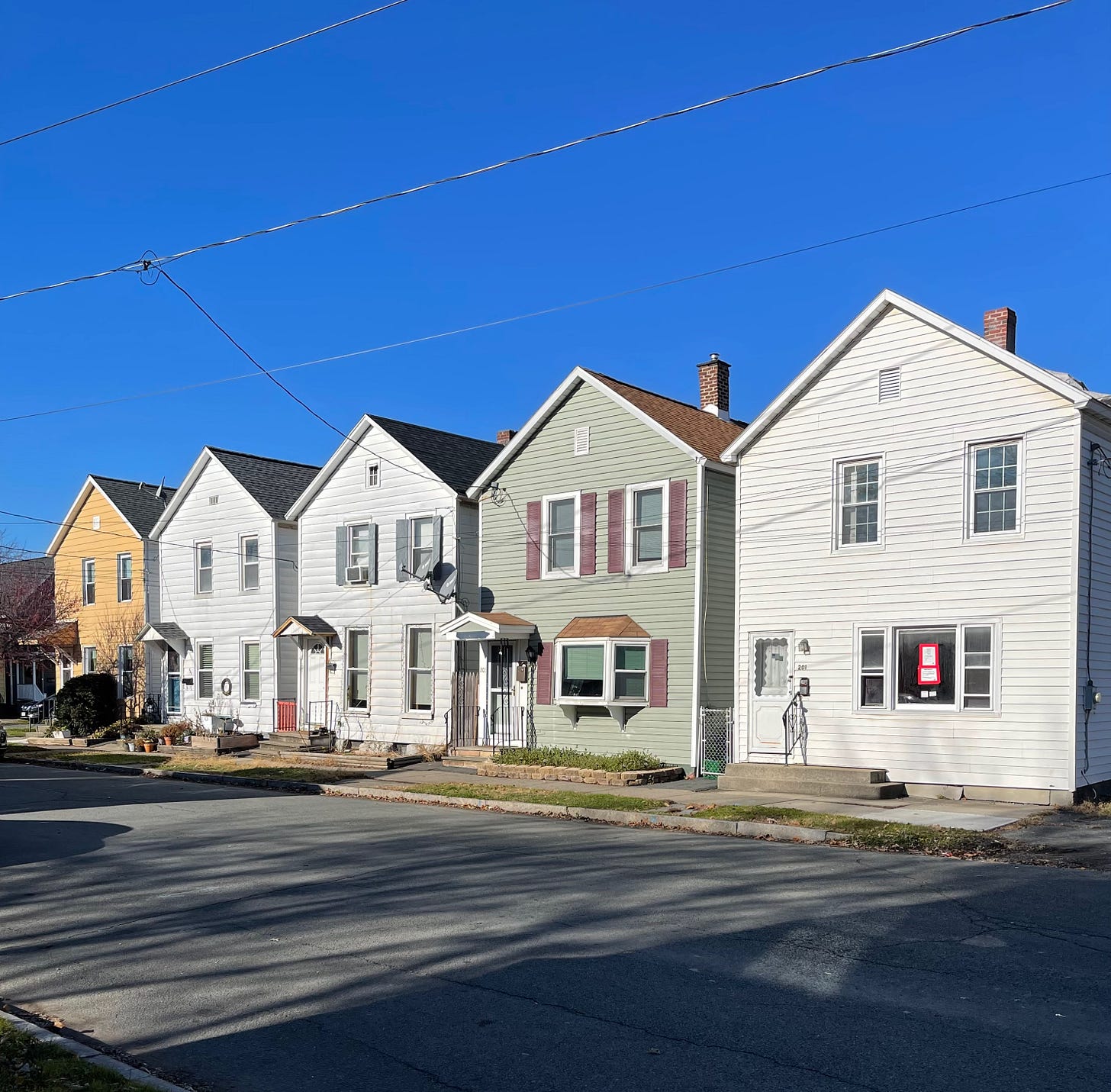



One thing I didn't want to address in this piece, but I was hoping someone would shout out. Watervliet, which I talk favorably about, also has a massive public works project that dominates it -- the Arsenal. A massive gated military base that while it provides jobs, also kinda split the town into two.
There is no way around public spaces; just think Empire State Plaza (and the network of highways in Albany) are particularly harsh examples and how not to do it.
Which brings the larger question (not sure I want to make this blog about urban planning, which is outside my knowledge set), but every town is the product of a group playing Sim City, but in my experience, I have felt that the towns that "work" the best for all the various classes, is more self organized rather than planned. Brazilia vs Jakarta comes to my mind as extreme examples
Preach, Brother Chris!
"The egg, is ugly (sorry), and like all modern performing arts centers, it is a pretty elitist thing. Which at its core is what technocracy is about. Because the idea that you can engineer happiness, contentment, or fun, is about as high brow and detached from humanity as you can get."
It has been pointed out that things like "free symphony admission" are really subsidies to Front Row Kids, because these are the people who at least pretend to care about classical music as a class signal. It's not the price that is keeping the folks who live behind the bodega out - it's that they don't feel that they belong there and probably aren't all that interested, at least not enough to be bored in the service of a higher cause.
Not sure I entirely agree, but possibly worth discussing. And I *like* classical music.
Roosevelt Colvin taking corner kids to Ruth's Chris also comes to mind.
https://en.wikipedia.org/wiki/Know_Your_Place
Or "defund the police". To a Front Row Kid, what that slogan means in practice is "take money away from the undeserving (unionized, mostly uneducated blue collar cops who are by and large cringingly unwoke and have poor taste besides) and give that money to the deserving (nonunionized white collar social workers who can be expected to uphold rigorous Front Row standards in taste and decorum)".
Substitute the words "Front Row Kid" for "professional managerial class" and it makes even more sense.